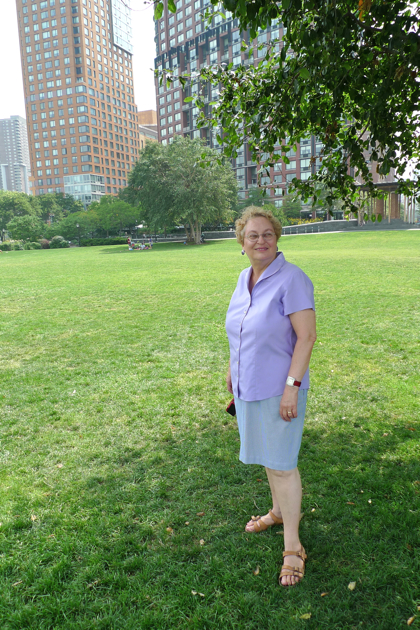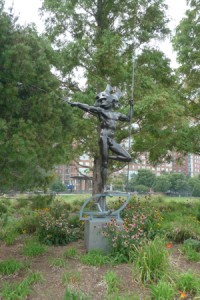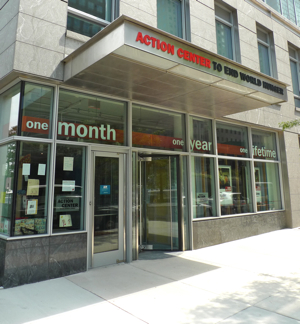The Stories of Battery Park City

 As I was strolling in Battery Park City with Joyce Gold—who runs Joyce Gold History Tours of New York—I learned that Warren Street was named after the man who owned much of the West Village (the street led to his house), the back story of Ugo Attardi’s Ulysses statue (right) in Rockefeller Park, how Joyce’s tours usually start in the south and head north because that’s how the city developed, and much more. (Unrelated: We agreed that the Battery Park City Authority should post a guide to the Jersey City skyline.) We were in BPC because Joyce has put a Battery Park City tour on the fall schedule—back on the schedule, I should say, although it’s been a few years since she offered it—and I had emailed her a quick Q&A. Joyce, who has both taught English and worked for the Federal Reserve, now leads tours all over the city. She’s also updating From Windmills to the World Trade Center, her walking guide to Lower Manhattan history, so it can be reissued by History Press next summer. The BPC tour will be Saturday, October 16 at 1 p.m., and it’s $15, or $12 for folks 62 and up. Reservations are unnecessary.
As I was strolling in Battery Park City with Joyce Gold—who runs Joyce Gold History Tours of New York—I learned that Warren Street was named after the man who owned much of the West Village (the street led to his house), the back story of Ugo Attardi’s Ulysses statue (right) in Rockefeller Park, how Joyce’s tours usually start in the south and head north because that’s how the city developed, and much more. (Unrelated: We agreed that the Battery Park City Authority should post a guide to the Jersey City skyline.) We were in BPC because Joyce has put a Battery Park City tour on the fall schedule—back on the schedule, I should say, although it’s been a few years since she offered it—and I had emailed her a quick Q&A. Joyce, who has both taught English and worked for the Federal Reserve, now leads tours all over the city. She’s also updating From Windmills to the World Trade Center, her walking guide to Lower Manhattan history, so it can be reissued by History Press next summer. The BPC tour will be Saturday, October 16 at 1 p.m., and it’s $15, or $12 for folks 62 and up. Reservations are unnecessary.
Why start a BPC tour now?
I wanted to understand how such a large urban-planned space can feel so creative, beautiful, and surprising. Also, at a time when the city is gaining a great many parks, I wanted to explore its varied park design. (I’ve been leading lots of tours of the new High Line and its plantings, which has gotten me interested in gardens and their variety.) And I have been seeing many changes to BPC because I’ve been in the neighborhood a lot to visit my mother-in-law, who lives at the Hallmark.
There’s really enough history there? I would’ve thought not, given that BPC rests on World Trade Center landfill….
Battery Park City has dealt with some issues that have challenged New York over centuries:
• Planning vs. letting the market rule; we’ve had good and bad on both counts.
• Elements that add to or subtract from neighborhood appeal.
• Revival after trauma.
Can you give an example of a historical anecdote or detail people might be surprised to learn?
This landfill district feels so permanent that a BPC doorman once asked me if the district had once been an Indian graveyard.
 You must do a lot of research to prep for a tour. Was there anything you were surprised to learn?
You must do a lot of research to prep for a tour. Was there anything you were surprised to learn?
Non-profit organizations [such as the Mercy Corps Action Center, left] pay virtually no rent for their spaces.
What’s your favorite spot in BPC?
Wagner Park, with Teardrop Park a close second.

















